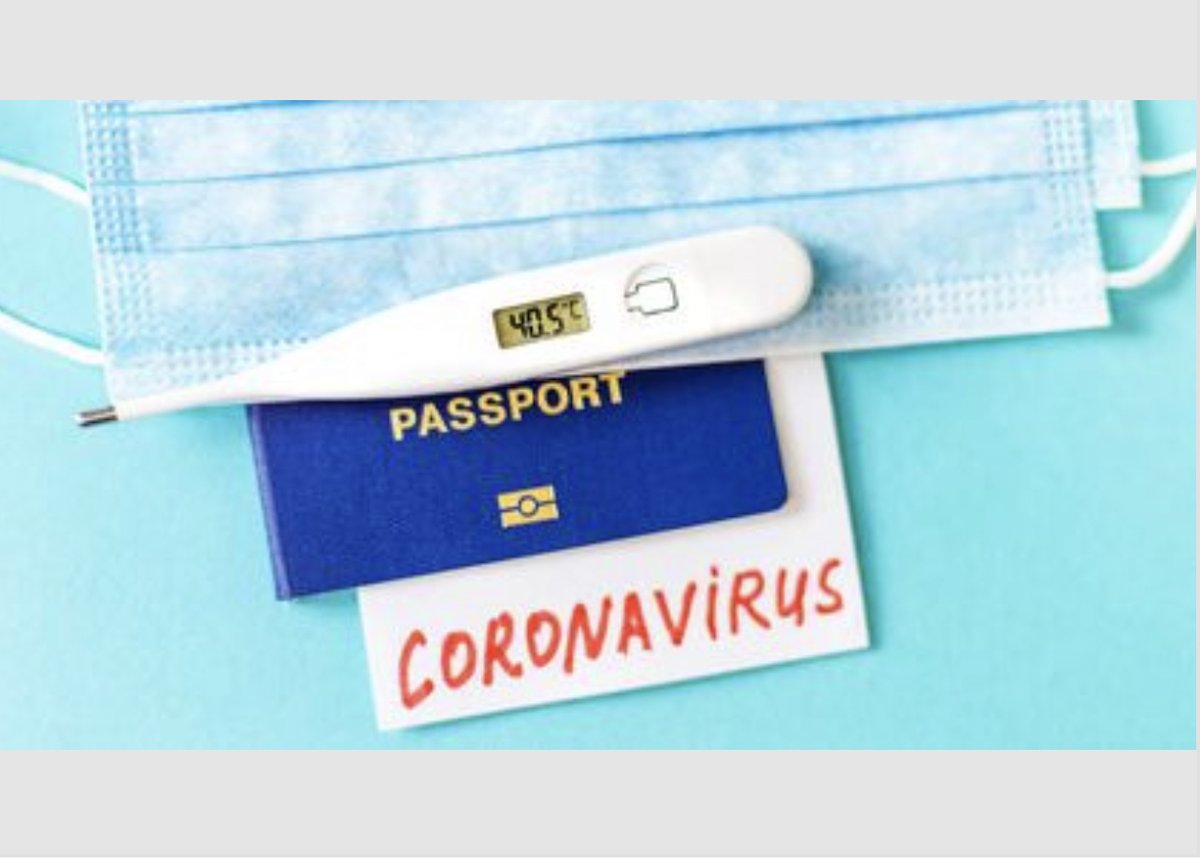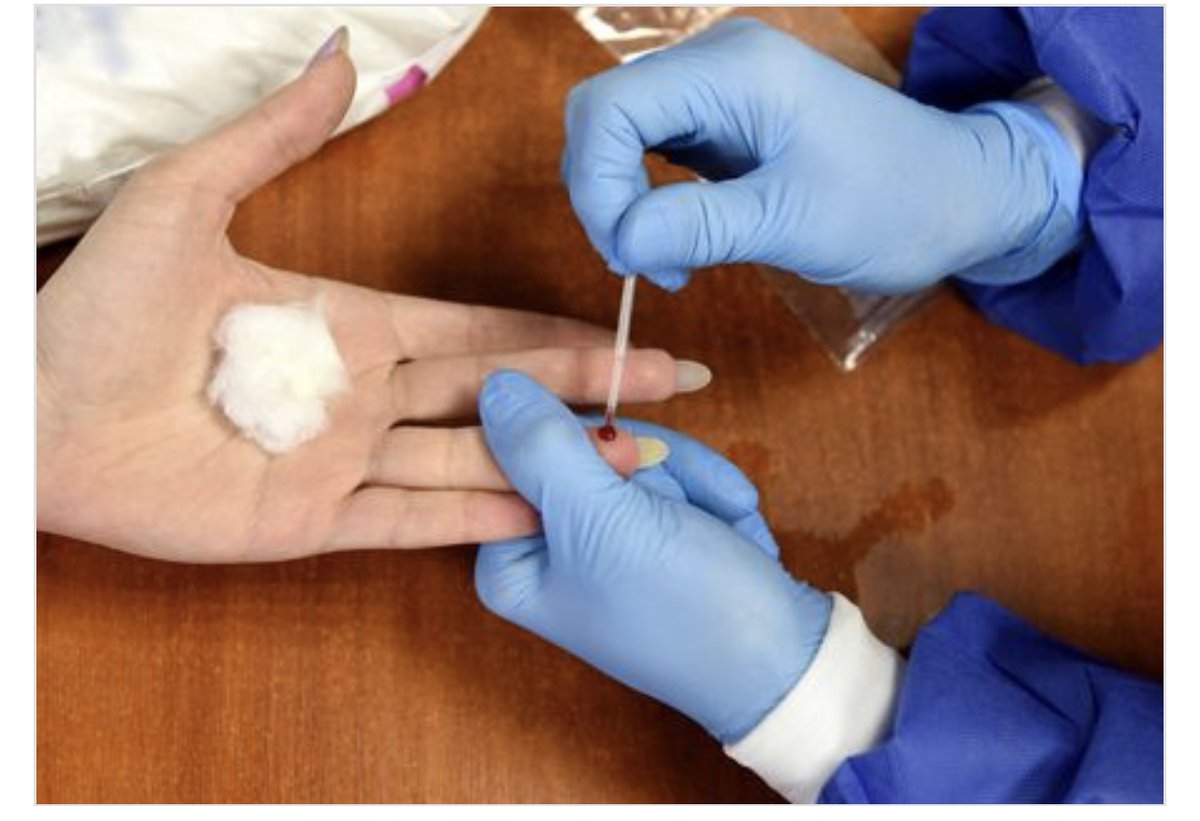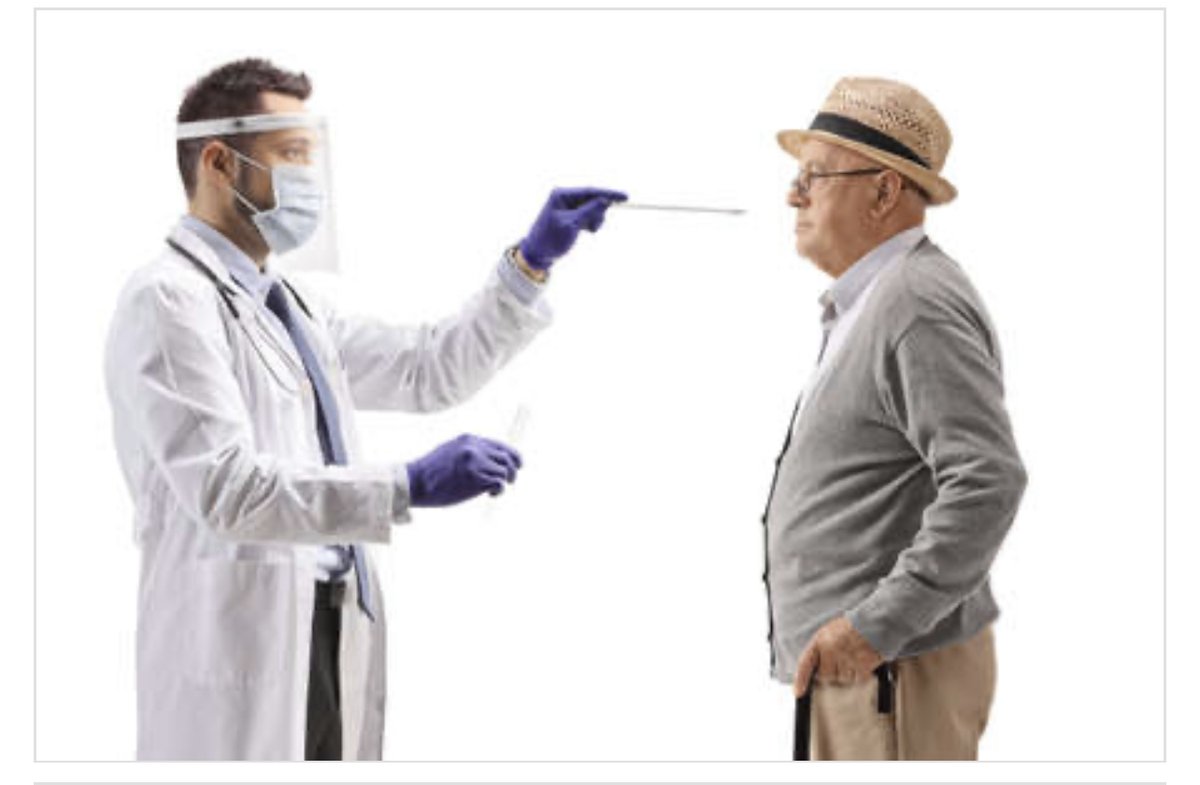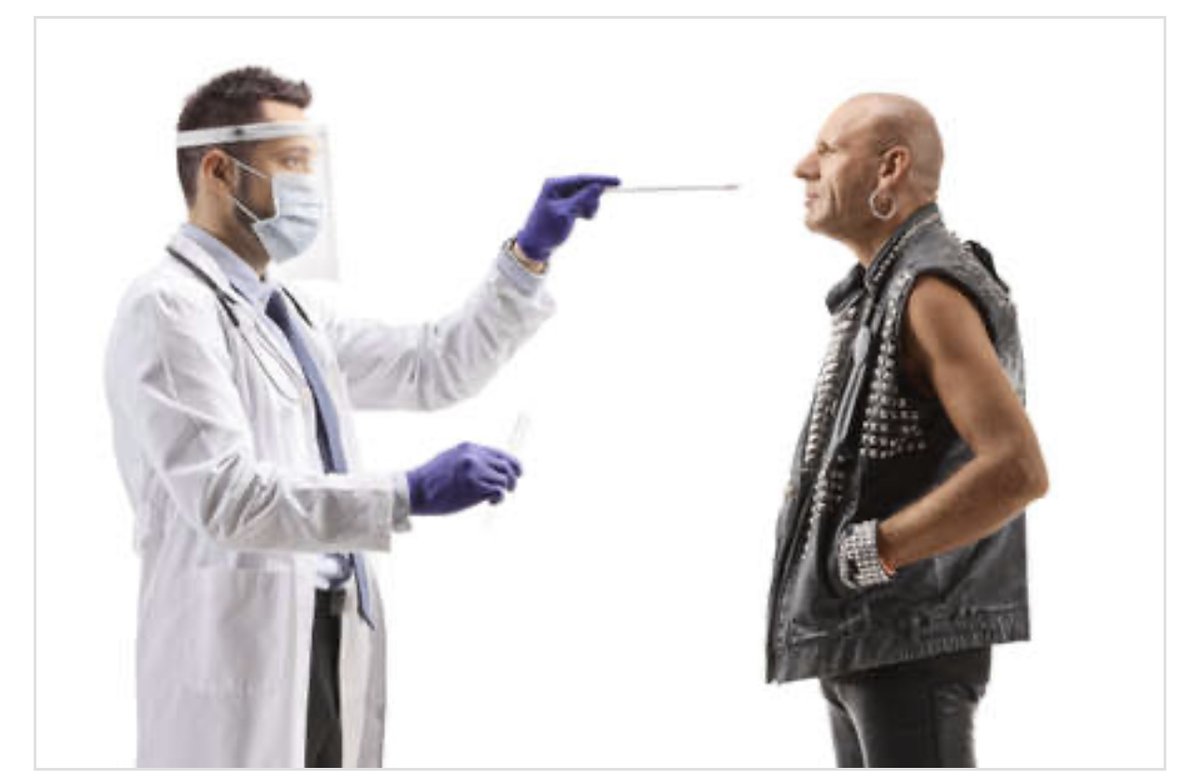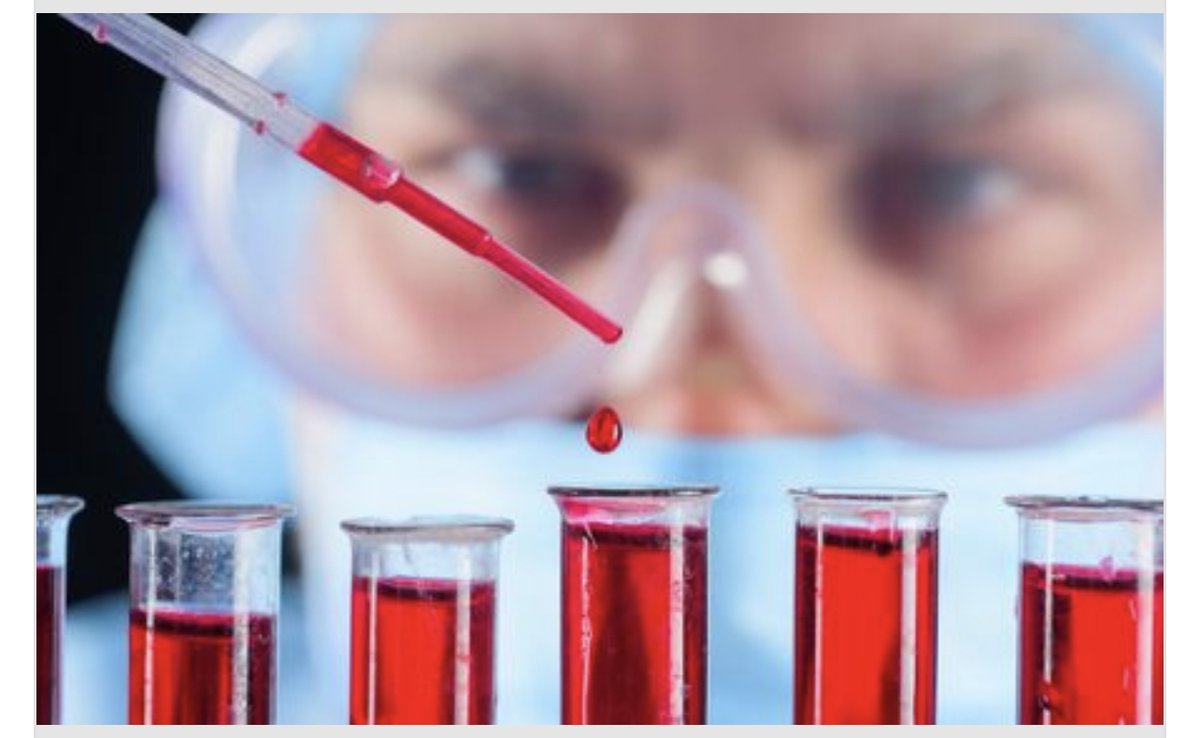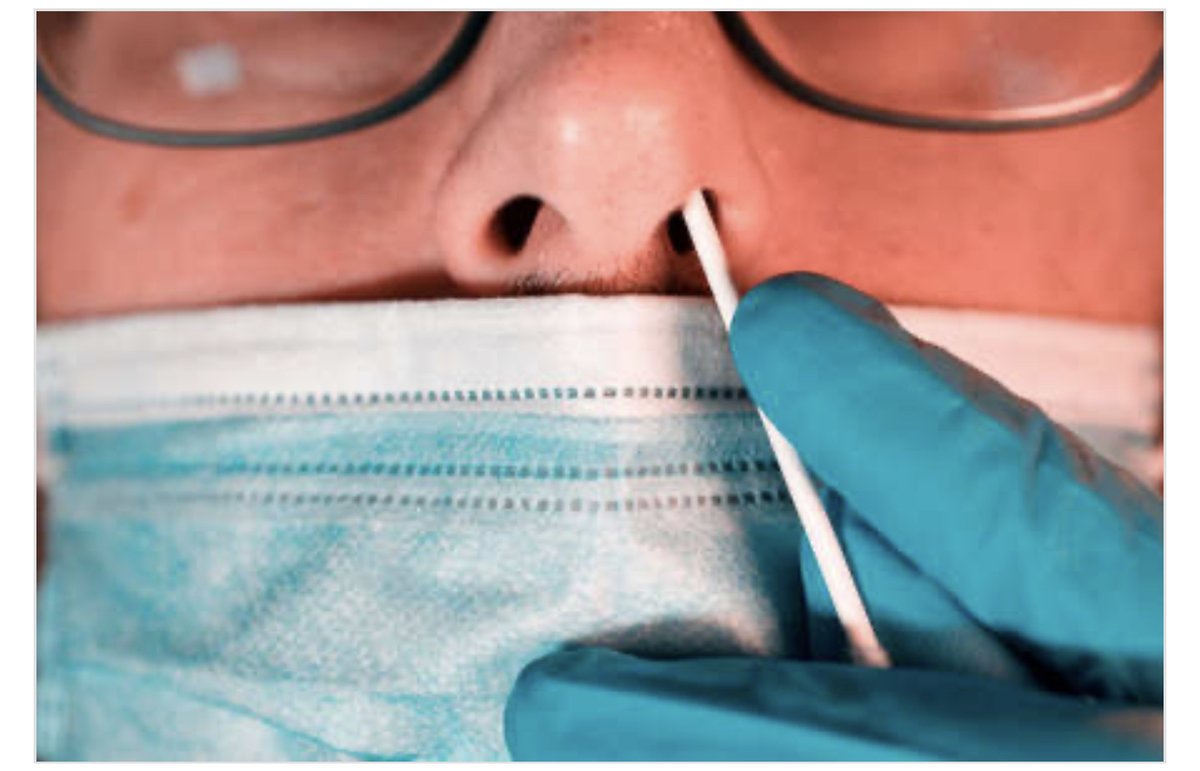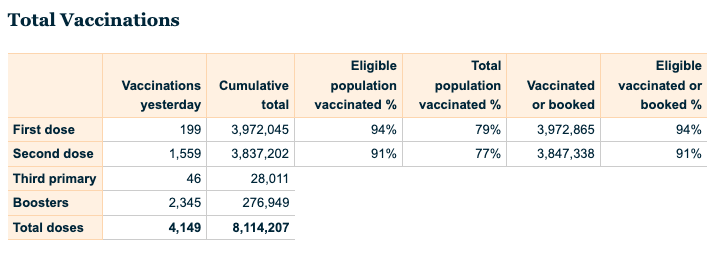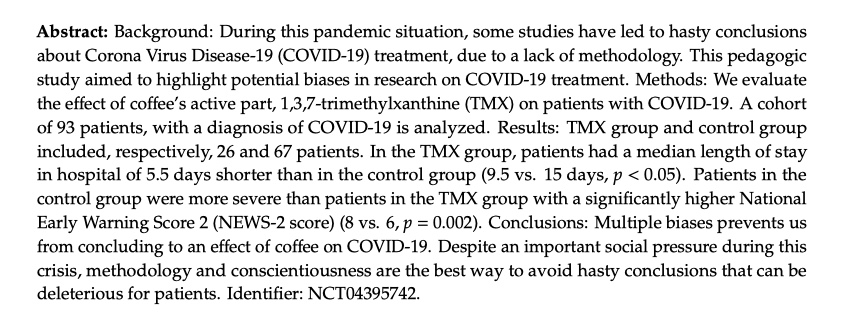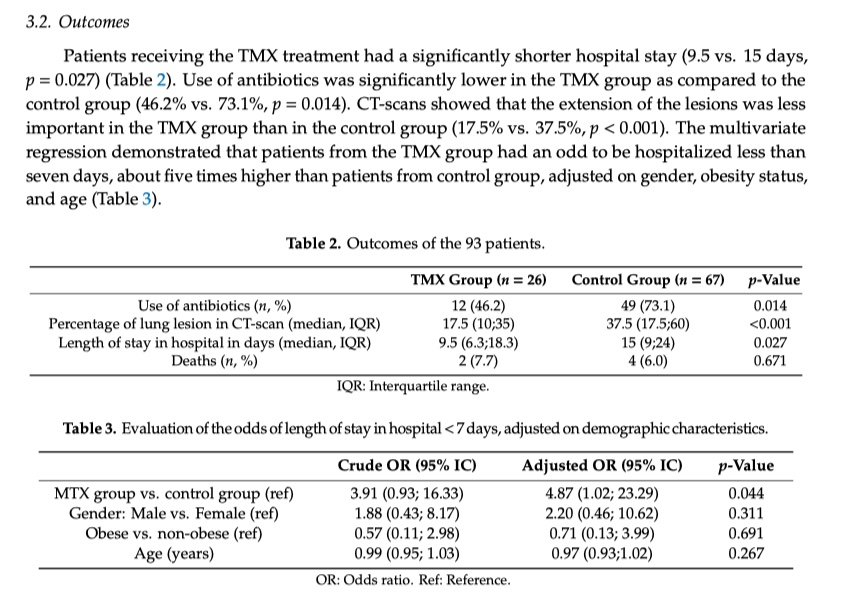On long car journeys I relax by browsing medical stock image libraries. Here's what I found...
Don't write patient details on the label; write the result of the test. Also, use the red vacutainer. 
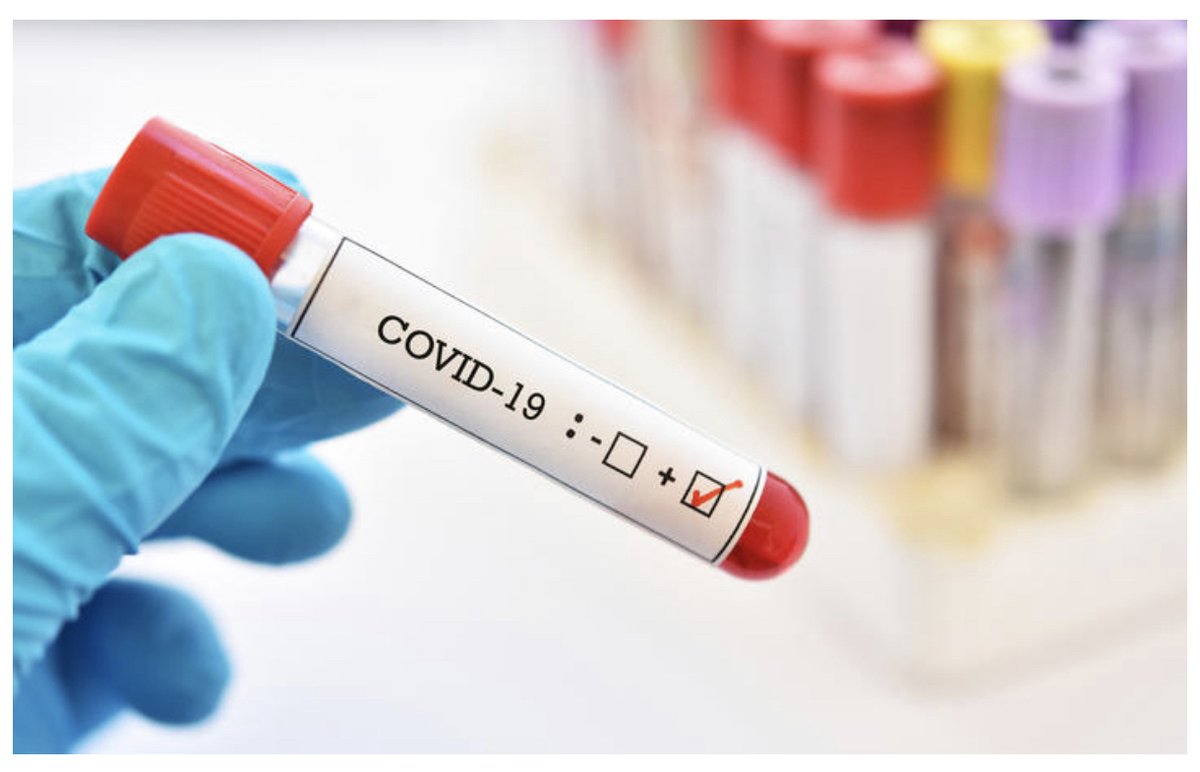
Pre-printed labels are available to help you if you are unsure what the result will be. Also, use the purple vacutainer. 
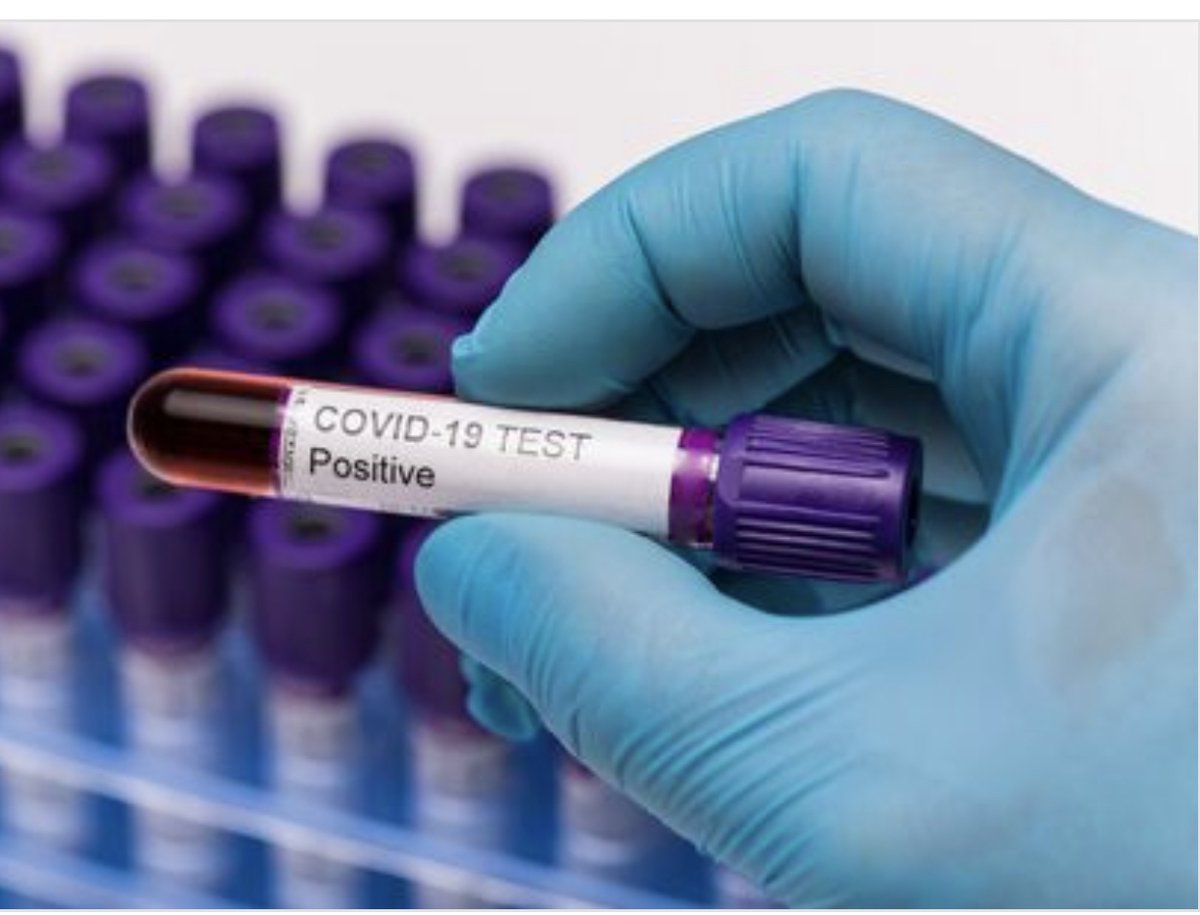
Alternatively use a yellow vacutainer. Unfortunately this patient later turned out to have both Ebola & Dengue. 
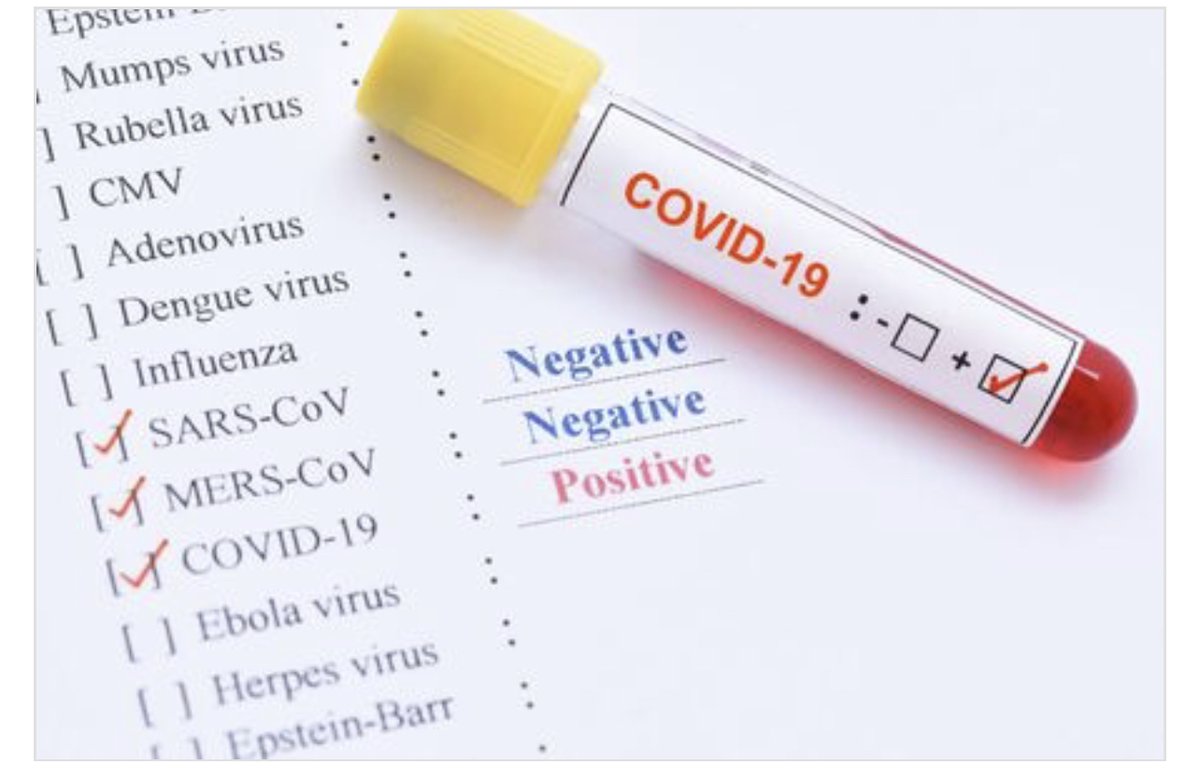
The COVID virus is both visible to the naked eye on a monochromatic X-ray and emits a red glow. The depicted emotional response to realising this seems appropriate. 
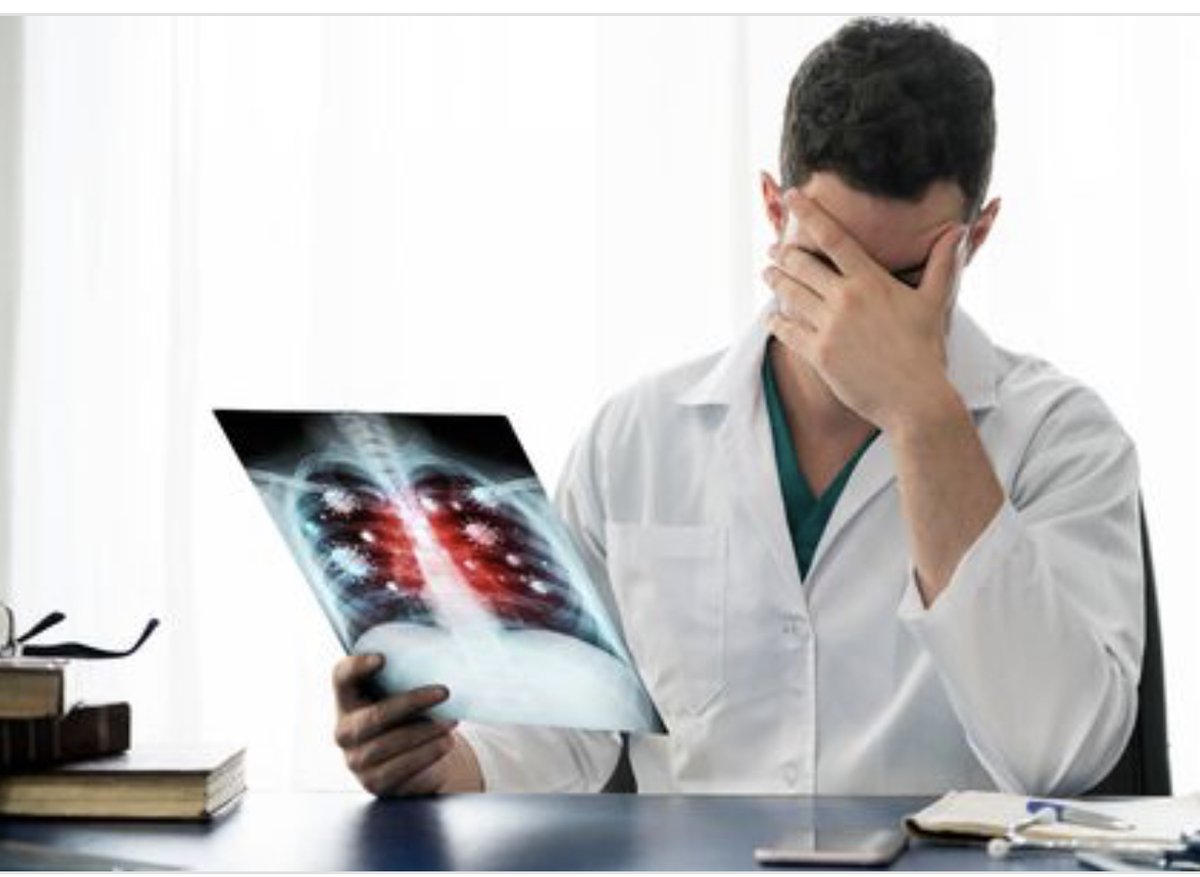
And finally, my favourite title of all that combines sexism with a mysterious neon pictographic overlay for no apparent reason. 
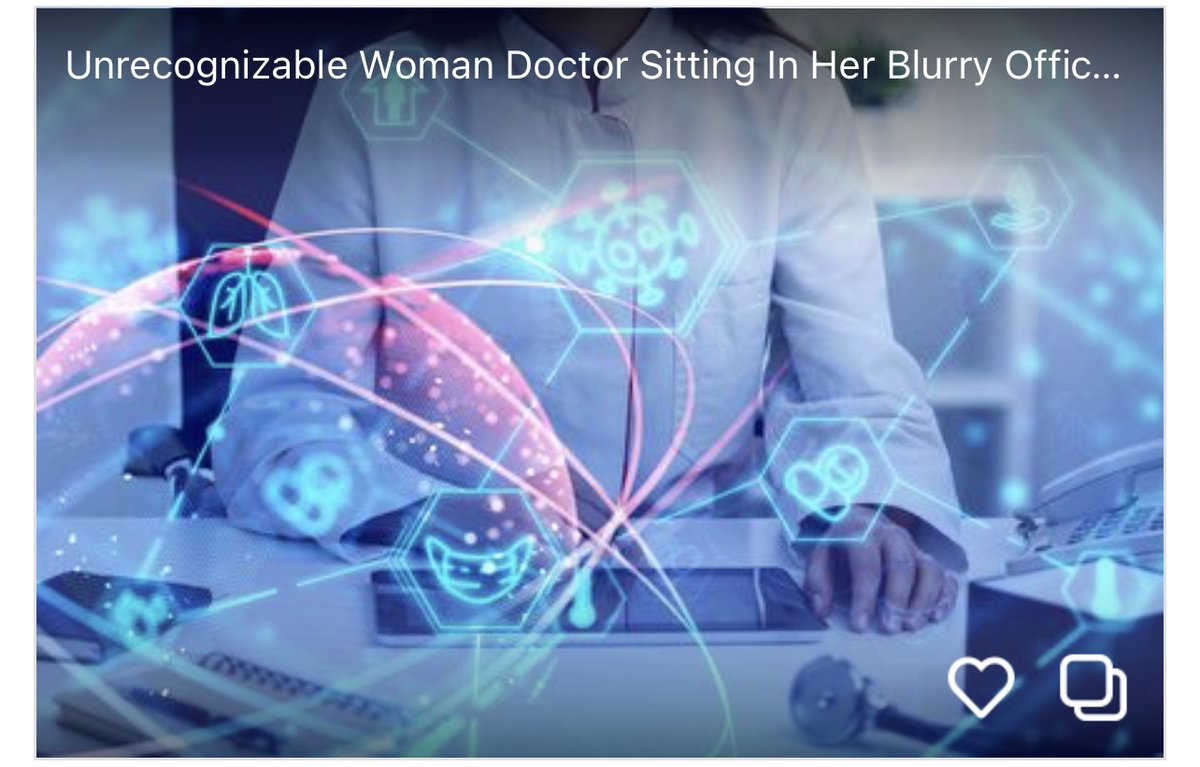
Mandatory disclaimer: all photos are © of 123rf.com
Please visit, find some more, and post them below.
Please visit, find some more, and post them below.
• • •
Missing some Tweet in this thread? You can try to
force a refresh


